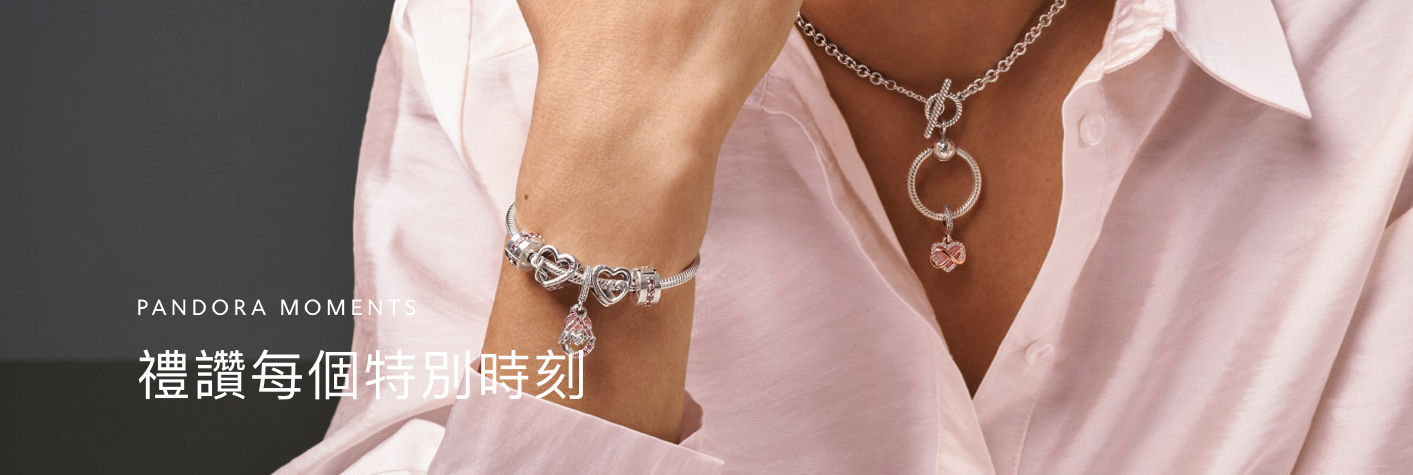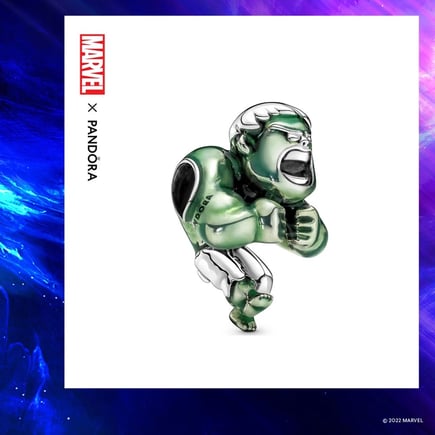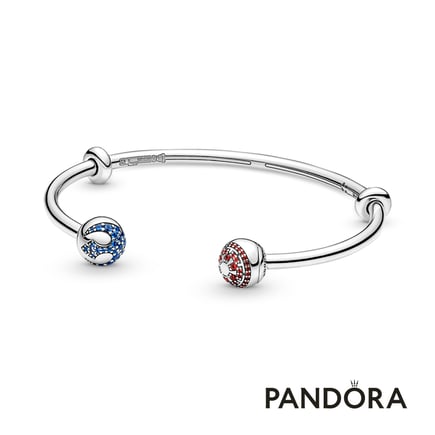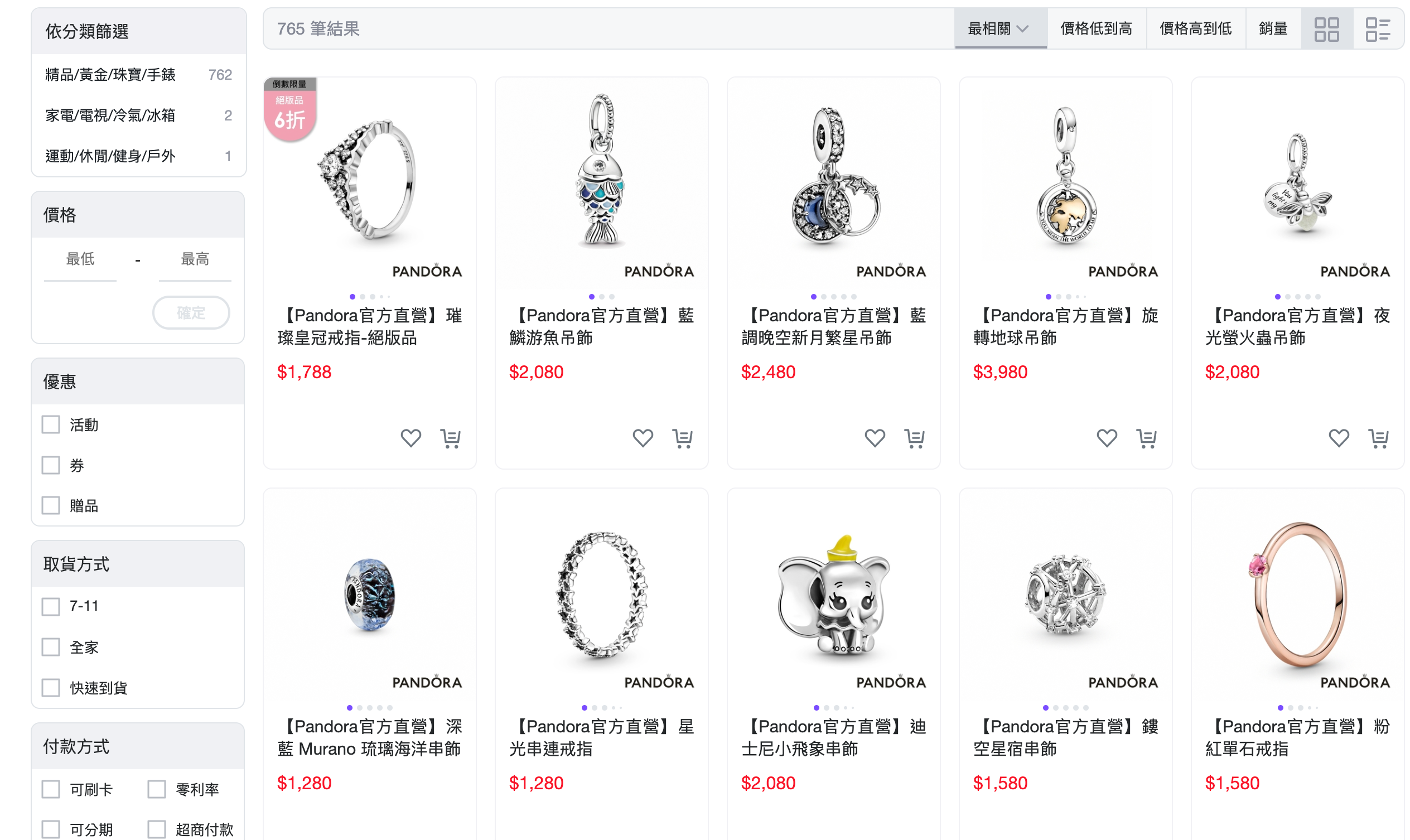Pandora secured its market share during the pandemic by embracing creative automation

Pandora, the globally renowned Danish jewelry brand, faced a daunting outlook in 2021 as the world grappled with the economic effects of the COVID-19 pandemic. However, Pandora’s financial report showed an unexpected yet remarkable 23.07% year-on-year (YoY) growth in revenue, particularly in Taiwan. This unexpected success didn’t come from expanding into new sales channels but rather optimizing their existing e-commerce operations. How did they manage this remarkable growth?
The challenge: Overcoming the bottleneck - scaling eCommerce operations with limited design resources
The burden of high visual production demands
As a direct-to-consumer (D2C) brand, Pandora operates across multiple sales channels, including its official website and flagship stores on platforms like Momo and Yahoo!. With an extensive product inventory spanning countless SKUs, frequent updates were required for new campaigns, seasonal promotions, and product refreshes.
Maintaining brand consistency across platforms was critical. However, ensuring this consistency while producing hundreds of visuals for each campaign became a resource-intensive, time-consuming process. Designers were bogged down with repetitive tasks, leaving little room for creativity or strategic innovation.
Limited resources in a competitive market
Pandora’s ability to respond quickly to market trends was hindered by the inefficiencies in its production process. With the pandemic driving a surge in e-commerce demand, the need for a scalable solution became urgent.
Iconic traits that make Pandora the perfect fit for dipp’s solution
Pandora’s ability to thrive amidst challenging market conditions stems from several unique characteristics that align seamlessly with dipp's creative automation solution. These traits not only define Pandora’s operational excellence but also illustrate why dipp’s tools are the ideal partner for their e-commerce success.
1. A focus on celebratory moments
As an affordable luxury brand, Pandora capitalizes on key life events and annual holidays such as Mother’s Day, Valentine’s Day, Christmas, and New Year’s. These occasions are pivotal for driving sales and require extensive planning, with a strong emphasis on consistent and visually appealing campaigns that resonate emotionally with consumers.
2. A vast product range with constant updates
Pandora’s diverse product lineup, spanning affordable to high-end items, necessitates frequent updates across multiple sales channels. Managing 100s to 1,000s of SKUs in different variations—colors, sizes, and fits—is an immense undertaking. Maintaining consistency in product visuals, descriptions, and branding across all platforms is vital to upholding Pandora's premium image.

3. A commitment to minimalist visuals
Pandora’s minimalist design philosophy is a cornerstone of its branding. By letting its products take center stage with clean visuals and minimal distractions, Pandora reinforces its brand identity while streamlining its design process. This approach reduces production time and allows for a higher frequency of product launches and refreshes.

4. A direct-to-consumer strategy
By focusing on direct-to-consumer (D2C) channels, Pandora ensures consistency across its official website and flagship stores on platforms like Momo and Yahoo! This strategy eliminates fragmentation often seen in multi-channel operations, allowing for synchronized branding, product descriptions, and launch schedules.
 (Example of Pandora's exclusive product on the momo shop platform.)
(Example of Pandora's exclusive product on the momo shop platform.)
The solution: Embracing creative automation with dipp
Pandora’s creative and operational challenges were met with dipp’s e-commerce design automation suite. This solution revolutionized the way Pandora’s Taiwanese team approached visual production.
Key steps in implementation
-
Branded layouts for consistency
Dipp's team collaborated with Pandora’s designers to create branded templates aligned with their global style guide. These layouts integrated Pandora’s logo, typography, and brand colors, ensuring consistency across all platforms.

(Pandora’s Yahoo! store)
-
Efficient workflow with automation
Non-design teams could batch-populate the branded templates with product images, pricing, and campaign details. This reduced the design team’s workload, enabling them to focus on strategic creative projects.
-
Tailored to sales platforms
The branded layouts were customized for each e-commerce platform, accounting for technical specifications and design nuances, ensuring seamless integration and visual appeal.

The results
Pandora achieved remarkable growth
By leveraging Dipp’s automation tools, Pandora transformed its visual production process into a streamlined, efficient system.
-
Enhanced efficiency
-
Increased campaign output
- Campaign frequency doubled, allowing Pandora to remain agile in responding to market trends.
-
Revenue growth
- Despite the pandemic, Pandora’s revenue in Taiwan grew by 23.07% YoY in 2021.
Pandora’s success story: Key takeaways
-
Automation drives scalability
Pandora’s adoption of design automation allowed the team to scale visual production without adding significant costs.
-
Minimalism enhances brand impact
A minimalist approach ensured Pandora’s jewelry was the focal point of every campaign, resonating with their target audience.
-
Consistency builds trust
By managing its own channels, Pandora reinforced customer trust and confidence in the authenticity of its products.
-
Agility is critical
Automation enabled Pandora to respond quickly to market trends, launching timely promotions and new products even during a global crisis.
Pandora’s story demonstrates that even during challenging times, the right combination of strategy, tools, and execution can drive exceptional results. By embracing creative automation, Pandora not only survived the pandemic but thrived, setting a benchmark for success in e-commerce.

Pandora brand story
Pandora, the affordable luxury jewelry brand, has gone from a small Danish jeweler to a global jewelry brand selling a large variety of products in over 100 countries.
In 1982, a goldsmith Per Enevoldsen along with his wife Winnie founded a small jewelry operation in Copenhagen, Denmark. In the early days, Pandora focused on importing from Thailand and with steady growth, shifted to becoming a wholesaler in Denmark. In the late 90s, Pandora hired its first designers to create its own line of jewelry.
From the original objective of personalized, meaningful, affordable and handmade jewelry, to the highly successful charm bracelets, Pandora now boasts a presence around the world including the United States, Germany and Australia.
Pandora now has created a trend among young audiences around the world and is rapidly gaining market share. In 2011, according to Pandora’s records, the brand set a record of selling a product every second and became the third largest jewelry brand after Cartier and Tiffany. Recently, with sales volume slightly declining, Pandora has decided to return to the original objective of providing luxury, handmade jewelry at an affordable price.
With products across six continents and over 7,000 points of sale, Pandora’s unique image has formed into a brand as one of the only providers of high-quality, hand-crafted jewelry at an affordable price. Every one of Pandora’s clients can express themselves and have a unique charm about themselves.